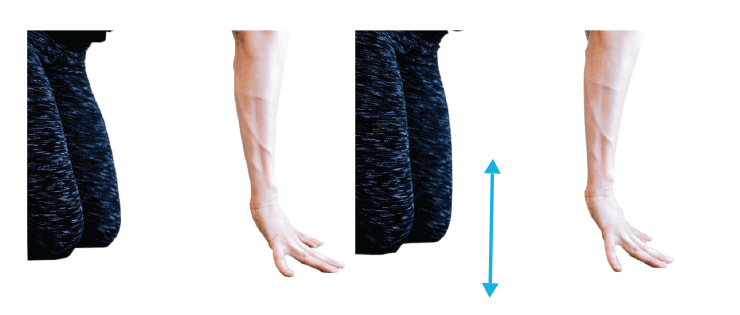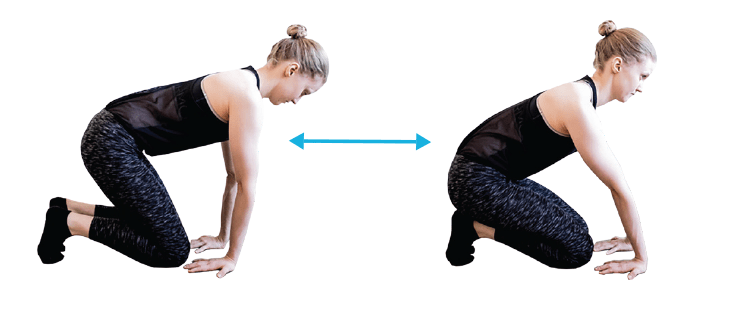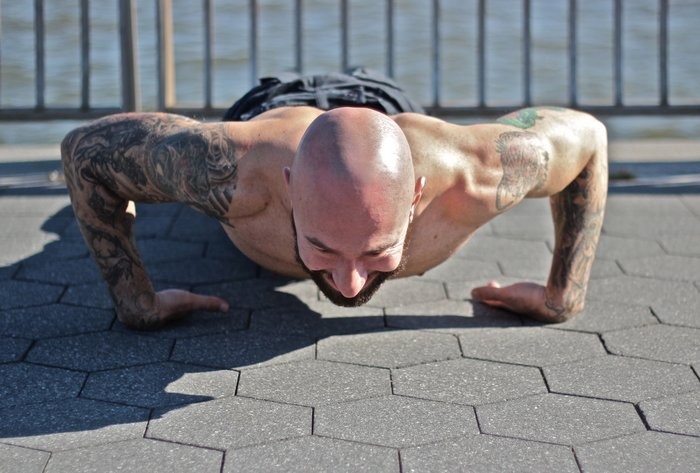
In BJJ, very often we tend to look over what is really obvious. For example, we all want to train hip flexibility, shoulder mobility, and overall strength, trying to look like the Hulk. At the same time, we forget about developing healthy tendons, strong connective tissue, or focus on the smaller and more complicated joints of your bodies like the wrists and ankles. In fact, it is my opinion that the wrists are the most overlooked body part by grapplers until they get an injury. Strong and flexible wrists can make a world of difference, which is where wrist protection for BJJ and specific mobility training comes into play.
Drills are not just for practicing guard passing or other Brazilian Jiu-Jitsu techniques. Mobility drills should be right up there in terms of importance with all the technical work you’re doing on a daily basis (or should be doing). Wrist protection for BJJ does not involve just direct protection methods like wrist braces. They can really help, but we only turn to them after we get an injury. Prevention of injuries, along with developing wrist strength and mobility are a much better way to make sure that those small, yet very complex joints are able to function without impediments.
The Importance Of Wrists (Not Just For Wristlocks)
Yup, the wrist sin BJJ are not just there to be wrist locked. Despite this category of submissions gaining popularity lately, our wrists have actually been playing a huge role in grappling even before we ever thought of attacking them with submission holds.
First up, when it comes to wrist protection for BJJ, you have to think strength. Even though people think mobility is important (and they’re not wrong) strength comes first. For the purposes of grappling all joints need to be strong and stable first and flexible second. The wrists play a huge role when it comes to grips which are essential for just about anything in BJJ, from finishing submissions to holding positions. In Gi BJJ, with all the Gi grips, the role of wrist strength and stability is even more pronounced.
It is not just the offensive aspect of grappling that requires strong wrists. In defense, it is even more important to be able to use your wrists in all kinds of awkward positions. How many times have your arms been trapped between you and the opponent in an awkward way when in bottom side control or mount? With the correct strength and mobility of the wrists, getting your arms free is not just a possibility, but it will be easy, instead of painful.
Finally, probably the most important aspect of wrist strength in BJJ – posts and frames. Anytime you need to place an arm on the ground as a post, your wrists have to bear the weight of your entire body, and in certain cases, that weight of your opponent as well. The same holds true for frames from the bottom, and those pesky bottom posts, like posting on the hip while working on guard retention. Plenty of injuries in BJJ happen precisely in these two situations (posts and frames) and especially during scrambles. And that is easily remedied by some preventive strength and mobility training for wrists protection in BJJ.
Injury Prevention
The most important part about your wrists is not how strong they will be for choking or posting. The most important part is not getting them hurt. It is crazy that nobody really trains the wrists before we even take a look at all the wrist injury factors we face on a daily basis. Yeah, our wrists are in more danger in modern days than they ever were before. Why? All of the time we spend in front of computers, on desks, typing on keyboards and working with a mouse are not things our wrists were originally made for. Carpal tunnel syndrome is now something that can affect anyone, and especially those that spend a lot of time in front of a computer. Throw in BJJ into the mix and injuries to the wrists are a certainty, the only question is when they will happen.
The wrist joints are complex ones. In fact, only the ankles have more moving parts than the wrists. * Different bones make up the carpal joint (wrist) on top of the bones of the forearm on one side, and the fingers on the other. Moreover, they’re all interconnected with ligaments, tendons, and muscles that make up one of the most complex joints in the human body. AS you can see, that’s a lot of potential tissue for injuries.
All these bones and connective tissue allow the wrists to move in all directions. However, not all directions are geared to handling the same load, unless specifically trained to. Injury prevention in terms of Jiu-Jitsu comes in the form of getting your wrists used to handling the full range of motion while under pressure while keeping all the supporting tissues strong and healthy. When it comes to wrist protection in BJJ, the one test you can do to try and figure out if you need to work on your wrists is a handstand. You don’t even have to do a perfect one. Just do handstand propped against a wall, hold it for a minute and see if there’s pain and stiffness in your wrists when you get back to your feet. If there is, you need to start working on your wrists. Luckily, we have the perfect drills for you.
Wrist Protection For BJJ: Mobility Drills
The place to start with wrist protection is strength, we already summarized that. However, just like with strength and conditioning, it doesn’t have to be all divided. Instead, you can train qualities like wrist mobility and strength all together at once. Moreover, you can do it daily as these drills don’t take too much time and can be done everywhere.
-
Finger Pulses

-
Side To Side Wrist Stretch

-
Rear Stretch

-
Palms Up Rear Stretch

-
Back Of The Palm Pushups

Conclusion
Wrist protection in BJJ should really be a priority when it comes to joint strengthening and mobility. Granted, flexible hips and mobile shoulders are helpful, but if you can’t grip and hold, you can’t do BJJ. And, there’s no grappling if you feel pain in your wrists every time you grip, post, frame or pull. Make sure you do all the drills above at least several times a week, and preferably every day. You’ll see notable improvements in just a couple of weeks.












































